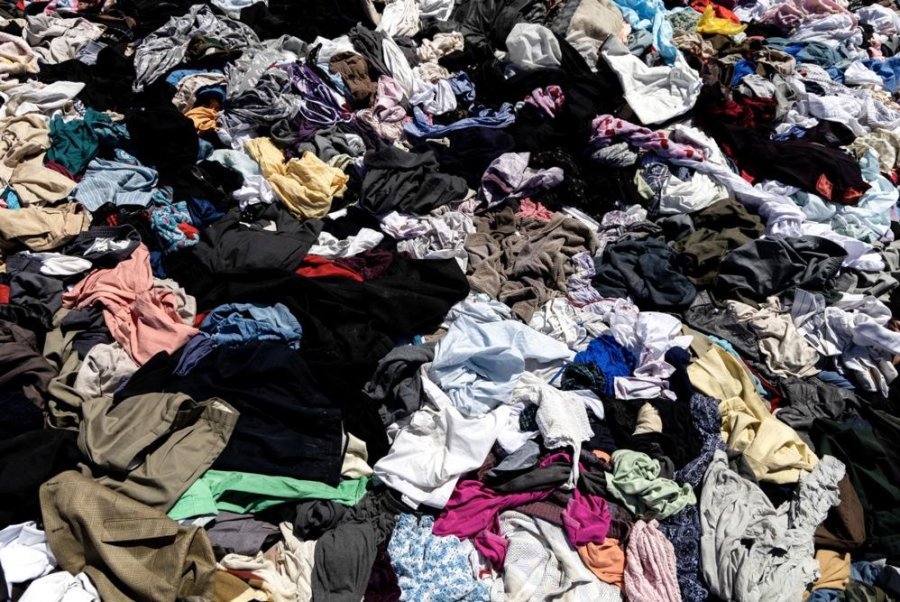SANTIAGO, Chile, Oct. 30 (UPI) — Chile has launched an effort to reduce textile waste that has led creating some 4,000 illegal dumps across the country, several of them in the Atacama Desert.
Through its Circular Economy Strategy for Textiles 2040, the Environment Ministry outlined 49 concrete actions to eliminate clothing dumps, cut textile overconsumption by 30%, increase waste recovery by 50% and promote circular economy ventures.
At the launch of the initiative, Environment Undersecretary Maximiliano Proaño said the strategy invites Chileans to move beyond the “use and discard” mindset and adopt a model that keeps materials in circulation for as long as possible, reducing environmental impacts and creating new opportunities for people.
According to the Environment Ministry, Chile is the world’s fourth-largest importer of used textiles and the largest in Latin America. In 2022, the country imported 131,000 tons of secondhand textiles, of which about 70% — roughly 92,000 tons — ended up in sanitary landfills, small dumps or illegal dumpsites.
Several of the largest clothing dumps are in northern Chile’s Tarapacá Region, mainly near the port city of Iquique, which operates a duty-free zone that offers tax incentives for these imports.
Reinalina Chavarri, director of the Sustainability Observatory at the University of Chile’s School of Economics and Business, told UPI that nearly 70% of post-consumer clothing in Chile is either donated or discarded.
“Much of it ends up in places like the desert. Only about 1% is recycled,” she said.
She added that while there are no official statistics on the number of clothing dumps in the Atacama Desert, one site has been identified covering at least 741 acres — roughly the size of 300 soccer fields.
Chile’s Environment Ministry told UPI it is conducting a study to analyze in depth the disposal of used clothing in the Tarapacá Region, with the goal of proposing preventive and mitigation measures to support more sustainable management of this waste.
For waste specialist Iván Franchi, a professor of environmental engineering at Andrés Bello University, the damage done to the desert is multidimensional — environmental, public-health, territorial and symbolic.
“Images of the desert turned into a dumping ground have circulated around the world and erode the image of a country that seeks to lead in circular economy policy. It’s a deep reputational wound. No sustainable economic model can coexist with waste dumps visible from space,” he said.
Over the past 20 years, clothing purchases in Chile have increased by 233%, reaching levels similar to those in the United States, with an average of 53 garments per person each year.
“Clothing consumption in Chile increased from 15 to 50 garments per year, and there is little value placed on waste, which shows the need for specific regulations to prevent waste generation, encourage reuse and recycling and promote a more sustainable textile sector,” Chile’s Environment Ministry told UPI.
Franchi said the problem the country faces cannot be solved through regulation alone, but must also be addressed from a cultural perspective.
“The Environment Ministry’s strategy is a necessary response, but it addresses a problem that goes beyond regulation: it demands a cultural shift, a questioning of the way we produce, buy and discard. Unless we reform that way of life, any legislation will be a temporary fix, not a structural solution,” he said.

